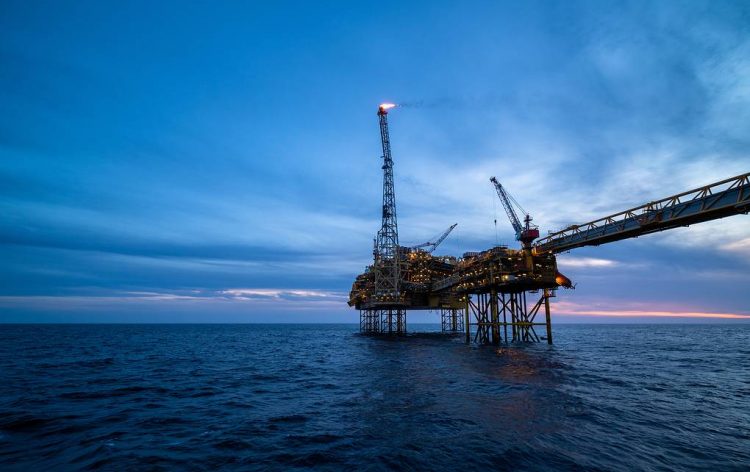Fundamental Assumptions and Statistics From the API Will Help Brent Rise to $4.6 Per Barrel

Brent is quoted at around $83.5/bbl on Wednesday. Investors are studying the contents of the WEO (World Energy Outlook) report, which argues that progress in the development of green energy is too slow to lead to a sustainable reduction in CO2 emissions in the world (ultimately to zero). The report emphasizes that the recent rise in the price of fossil fuels is not a consequence of climate policy, although high prices may impede its implementation: higher prices for oil and gas could increase the competitive advantage of low-carbon energy or accelerate the transition to alternative energy sources. Nevertheless, with the same ease, everything can turn in the opposite direction.
The IEA draws attention to the fact that high electricity bills for households or businesses could push governments to increase subsidies for fossil fuels, cut green energy tariffs, or weaken support for low-carbon energy. For the first time, each of the IEA’s possible scenarios reflects a peak oil demand, with consumption likely to stabilize between 2025 and the mid-2030s, depending on which climate commitments are ultimately met.
Investors Await Reports
Investors await monthly oil market reports from the Energy Information Administration (EIA) and OPEC, which will show how the energy crisis could affect fuel demand in the winter, and indicate how much hydrocarbon reserves may decline in the coming months. Note that the head of TotalEnergies recently drew attention to an increase in demand for fuel oil in some regions of Asia, as high gas prices are pushing consumers to switch to using one of the most environmentally harmful energy sources, which could have an impact on the oil market.
We believe that fundamental assumptions and statistics on US hydrocarbon reserves from the American Petroleum Institute (API) will help Brent climb to a weekly high of $ 84.6 / bbl.


























Comments (0 comment(s))